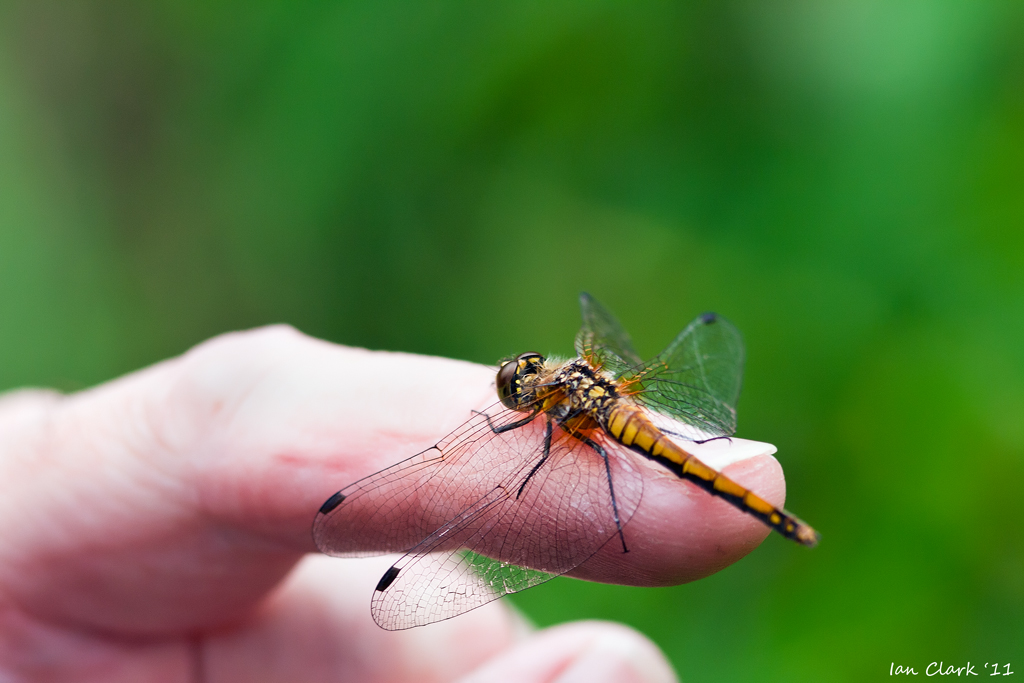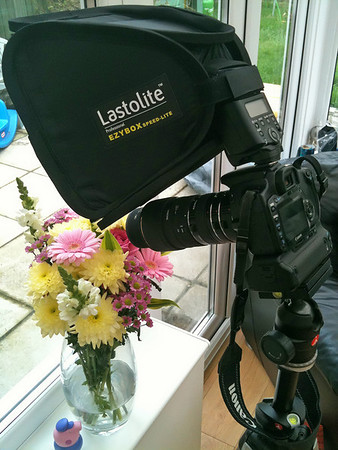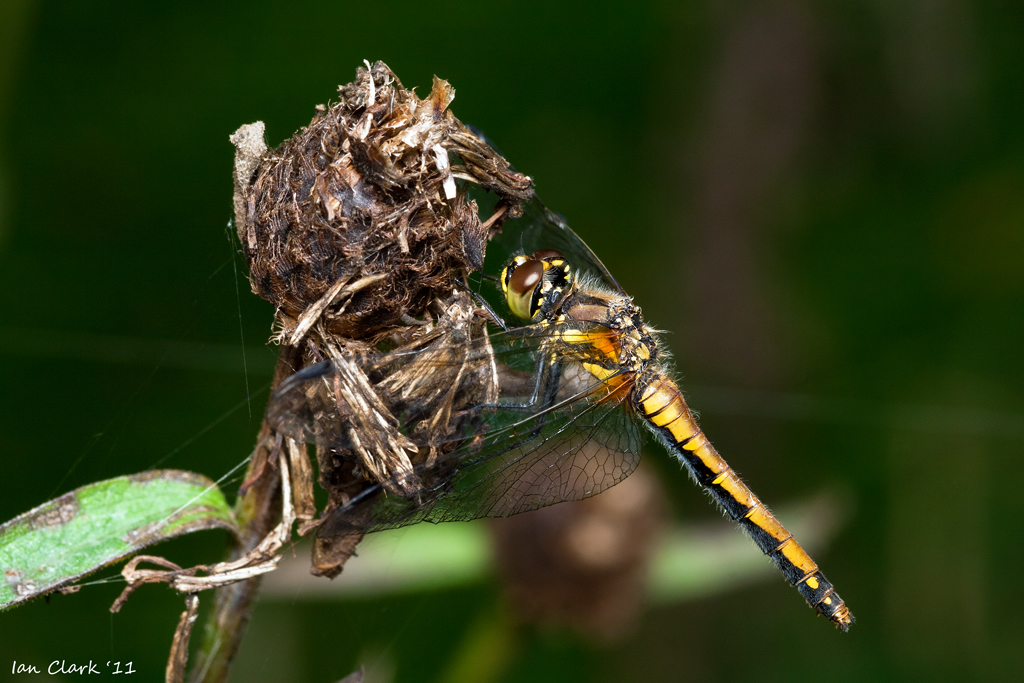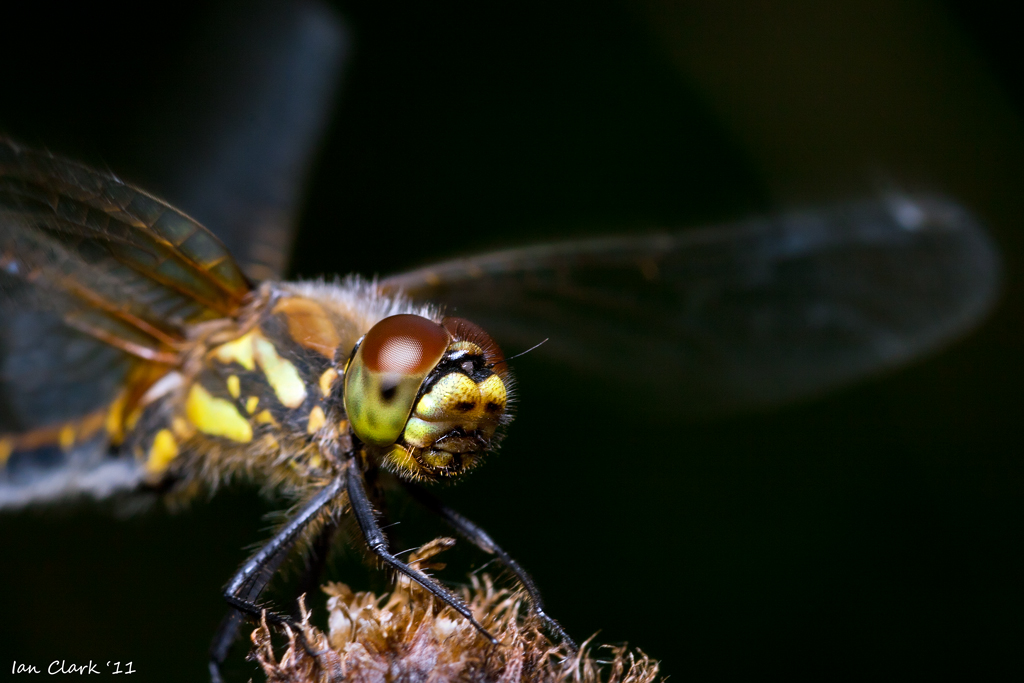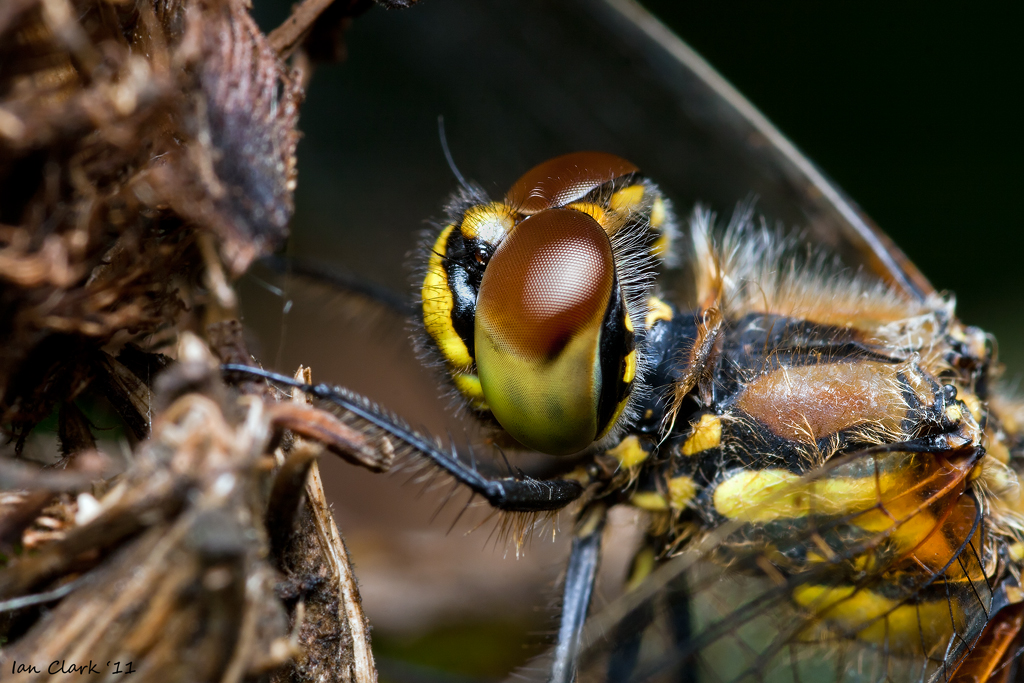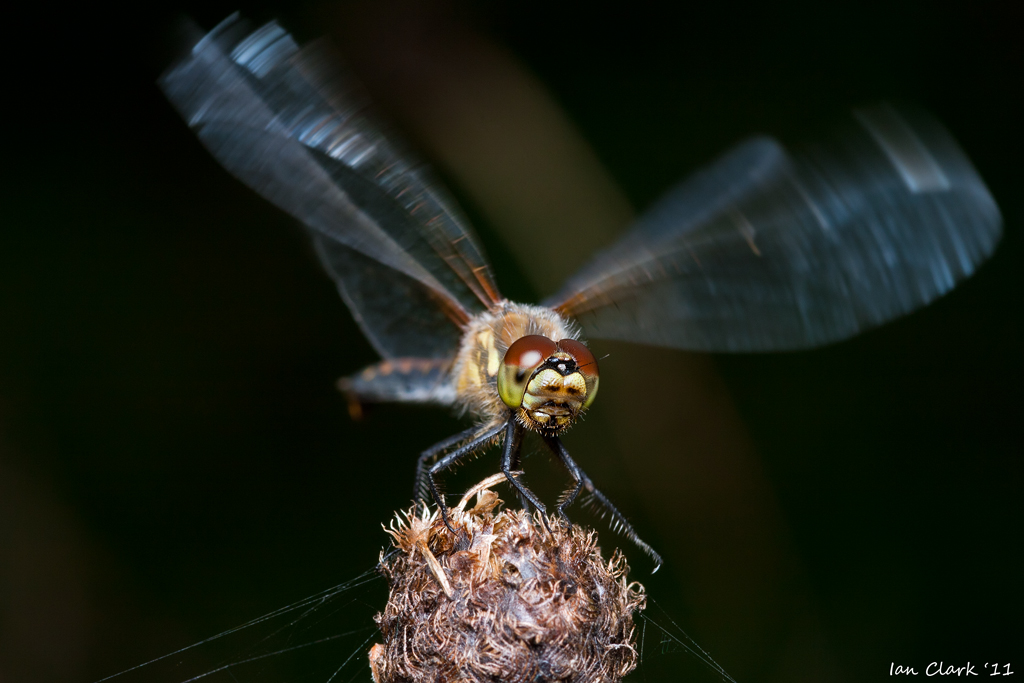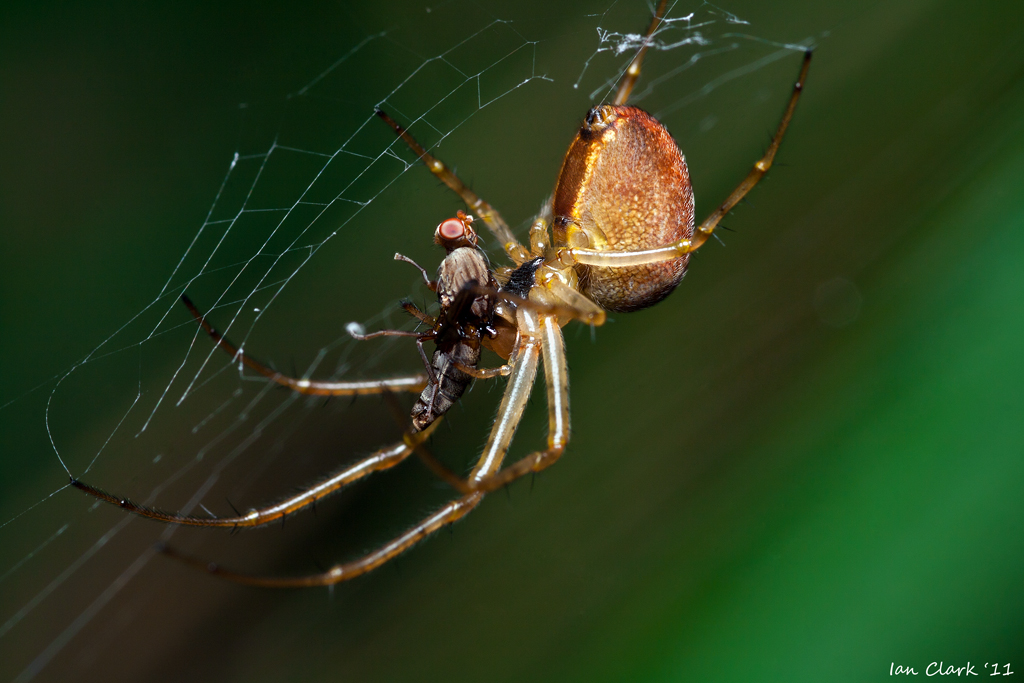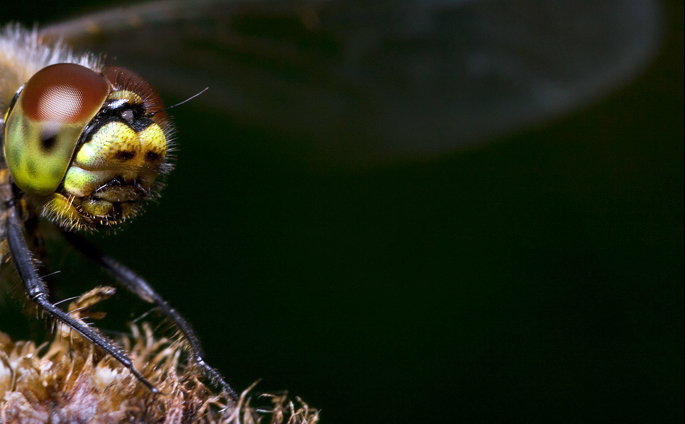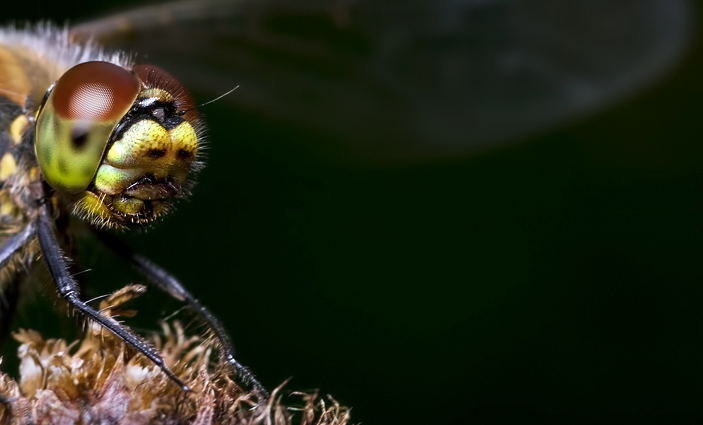Hi Chris, I don't mind your having an edit. Thing is, your edit looks worse than mine when viewed hehe. I've taken a couple of screenshots of the images as viewed in my browser (see below). What I am seeing in mine is smallish blocky artifcats where as yours is showing some bolder larger blocky artifacts.
.....
Here are the two screenshots. Hopefully I can replicate what I am seeing with these. If not, download them to your desktop. You "should" be able to see what I'm seeing

EDIT: Ah, crossed posts with Chris. Never mind, perhaps there is something of interest in this anyway.
I just looked at your two screenshots in Faststone and couldn't see what you were talking about, even when I pulled the curtain over the glass door on one side of me and pulled the translucent blind down on the Velux behind me (It was sunny at that point - that didn't last long!).
But, your images were quite small on the (1920 x 1080) screen, with a big white surround. I changed the surround to black. Then I saw what you were talking about, very clearly. Very instructive.
In Chris' version I see a pretty clear "posterisation" line, and what I see seems to match the outside of this area, for which I used PS Magic Wand Tool, set to Contiguous with zero tolerance, and having made the selection switched Quick Mask on (I'm assuming from the context that it's ok to post these, if not obviously I'll take them down):
 NOT MY IMAGE - IanClark - Dragonfly crop - ChrisA version - posterisation area1
NOT MY IMAGE - IanClark - Dragonfly crop - ChrisA version - posterisation area1 by
gardenersassistant, on Flickr
There was another line (a bit lower contrast) around this area:
 NOT MY IMAGE - IanClark - Dragonfly crop - ChrisA version - posterisation area2
NOT MY IMAGE - IanClark - Dragonfly crop - ChrisA version - posterisation area2 by
gardenersassistant, on Flickr
With your version, these areas look more finely "speckled", and the pattern that the Magic Wand Tool picks up varies depending on exactly where you click it. (This contrasts with Chris' version, where I repeatedly get those same two patterns even when moving the Tool around slightly. Not all the time, there are some other patterns, but for the most part it is the two patterns shown.)
Here are two of the patterns I picked up from your version with the Magic Wand Tool. Consistent with what I and you are seeing, and the greater variety of patterns, it seems to have a finer microstructure than in Chris' versions.
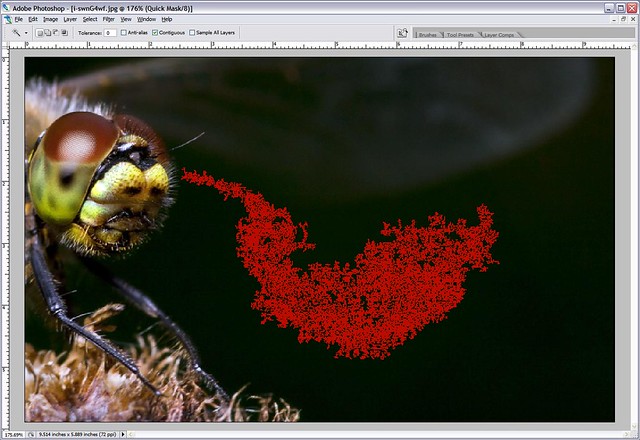 NOT MY IMAGE - IanClark - Dragonfly crop - IanClark version - posterisation area1
NOT MY IMAGE - IanClark - Dragonfly crop - IanClark version - posterisation area1 by
gardenersassistant, on Flickr
 NOT MY IMAGE - IanClark - Dragonfly crop - IanClark version - posterisation area2
NOT MY IMAGE - IanClark - Dragonfly crop - IanClark version - posterisation area2 by
gardenersassistant, on Flickr
 )
)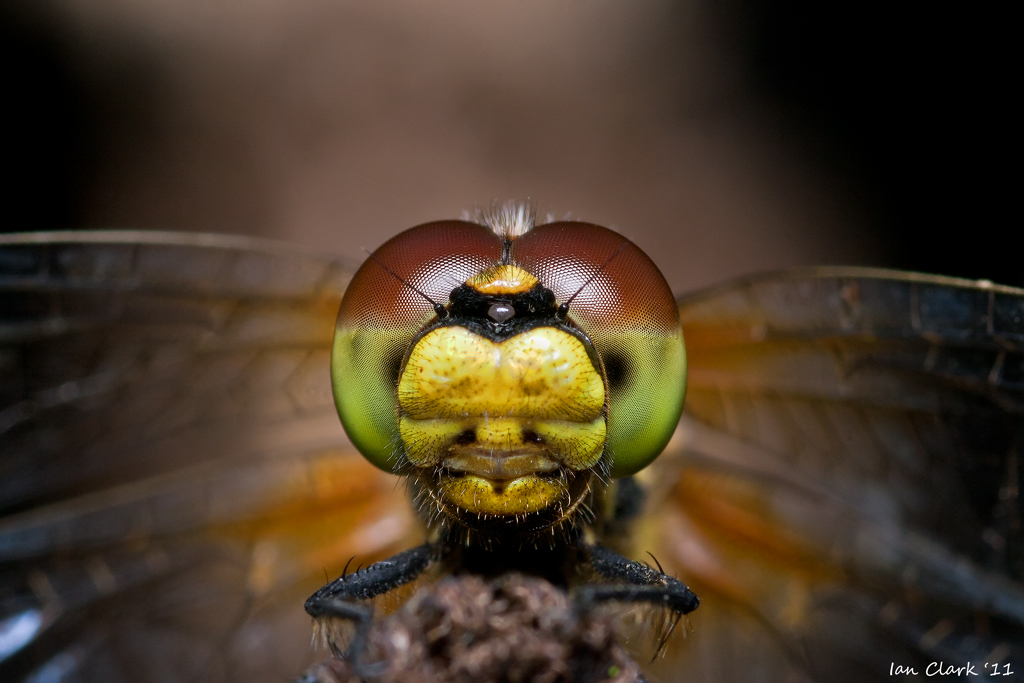
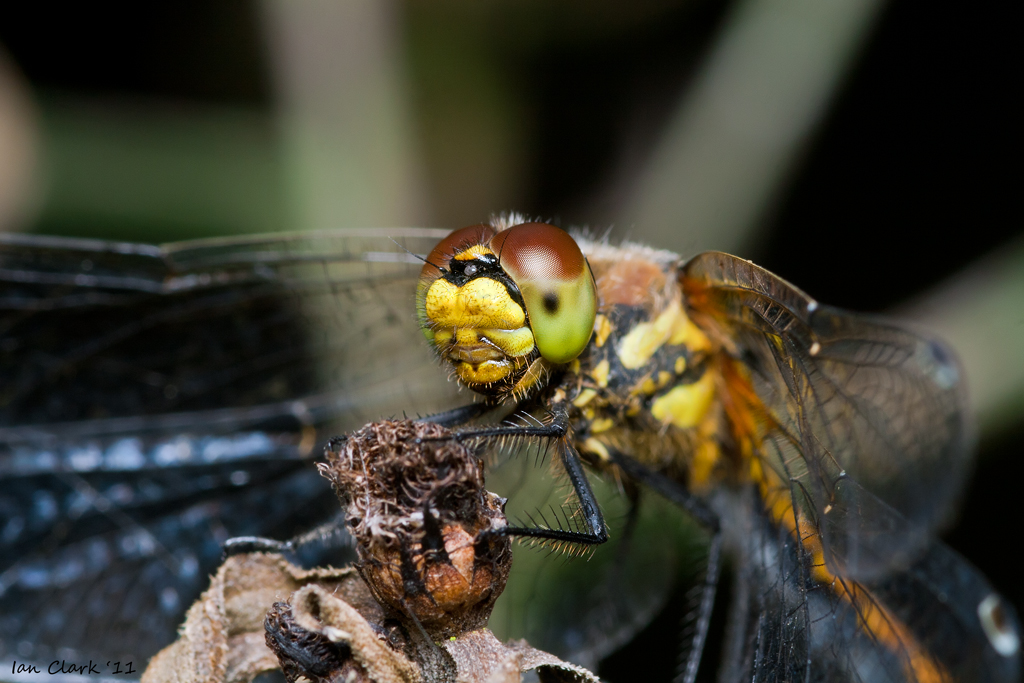
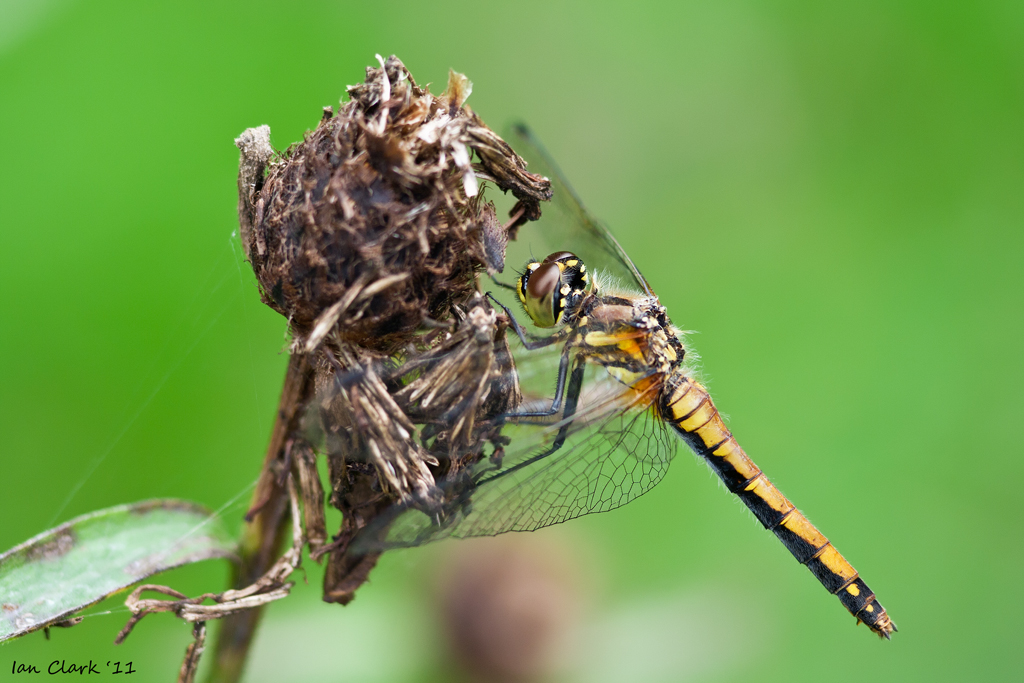
 Natural light again, 1/200th this time.
Natural light again, 1/200th this time.